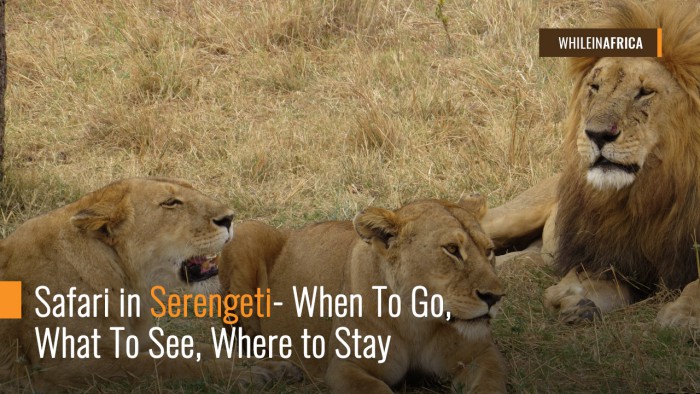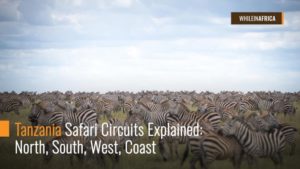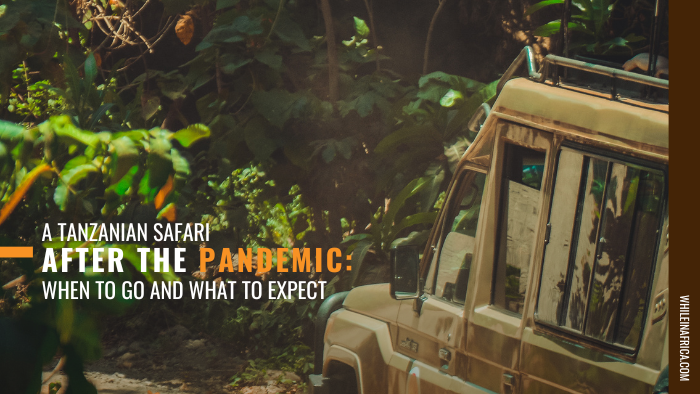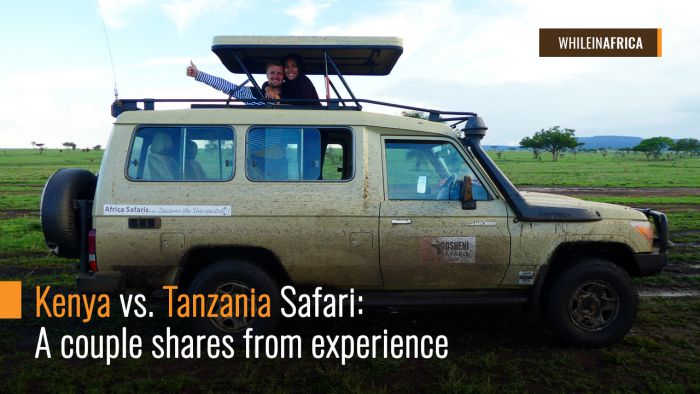Everyone’s got an African dream that’s been waiting to be ticked off their bucket list. And what better way to experience an authentic African adventure than to go to Serengeti Safari — the ultimate location for an unparalleled African getaway, a UNESCO world heritage site famous for its incredible density of predators, the rich variety of wildlife and the Great Migration of over two million wildebeests, gazelles, elands, and zebras.
Certainly, you don’t want to miss Serengeti Safari on your trip to Africa! Here are the important things you need to know about the Serengeti and the main reasons as to why it is a must-visit:
Where is the Serengeti?
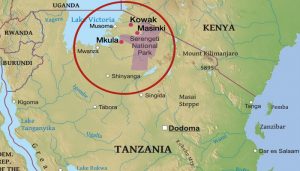
As most safaris in the Serengeti start from Arusha, the popular ways to get here is to fly to Kilimanjaro International Airport (JRO) and then either take a small plane to a designated airstrip in Serengeti Safari or take the road and drive down from Arusha for about 8 hours (325 km). Another option is to take a connecting flight from your departure country to JRO via Nairobi or Dar es Salaam airports. Whichever route you take, a breathtaking landscape and a matchless adventure are sure to await you.
Understanding Serengeti Regions
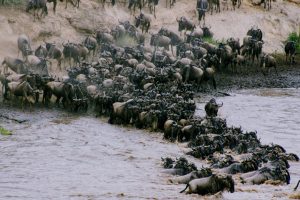
With a massive land area spanning 14,750 square kilometers, Serengeti National Park is divided into regions. Each region presents a distinct feature and a spectacular highlight relating to the milestones of the Great Migration.
Central Seronera
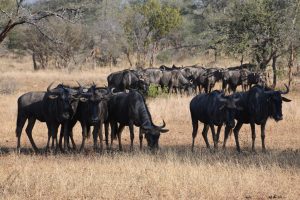
The central region of the Serengeti is called Seronera. It features 4,662 square kilometers of long grass plains, open savannah, riverine areas, lakes, and scattered granite kopjes.
Best known for:
- The legendary Seronera Valley
- Excellent game sightings all year-round
- The incredible diversity of resident wildlife including lions, cheetahs, and leopards
- Hot air balloon safari
Best time to visit: Wildlife viewing is excellent at any time of the year as many animals reside in this area, but migratory herds are mostly seen between April and October.
Common animals sightings: Cheetah, Lion, Leopard, Hyena, Bat-eared Fox, Reedbuck, Giraffe, Elephant, Hippo, Rhino, Warthog
Getting there: By air: Charter flights to Seronera airstrip.
By road: 5 to 7 hours from Arusha.
Southern Serengeti

A widely popular area of the Serengeti which is most often frequented by many safari-goers and photographers, the southern Serengeti covers 4,921 square kilometers of short grass plains dotted with granite kopjes, some lakes, valleys, and depressions along with some small hills.
Best known for:
- Wildebeest calving season
- Intense predator interactions including lion cubs being trained to hunt by adult lions
- Stunning landscapes, making it a photographer’s paradise
Best time to visit: December through March
Common animals sightings: Wildebeest, Zebra, Eland, Lion, Leopard, Cheetah, Giraffe, Elephant, Caracal, Hyena, Jackal
Getting there: By air: Charter flights to Ndutu airstrip.
By road: 5 to 6 hours drive from Arusha, and 1.5 to 2 hours away from Central Seronera.
Western Corridor
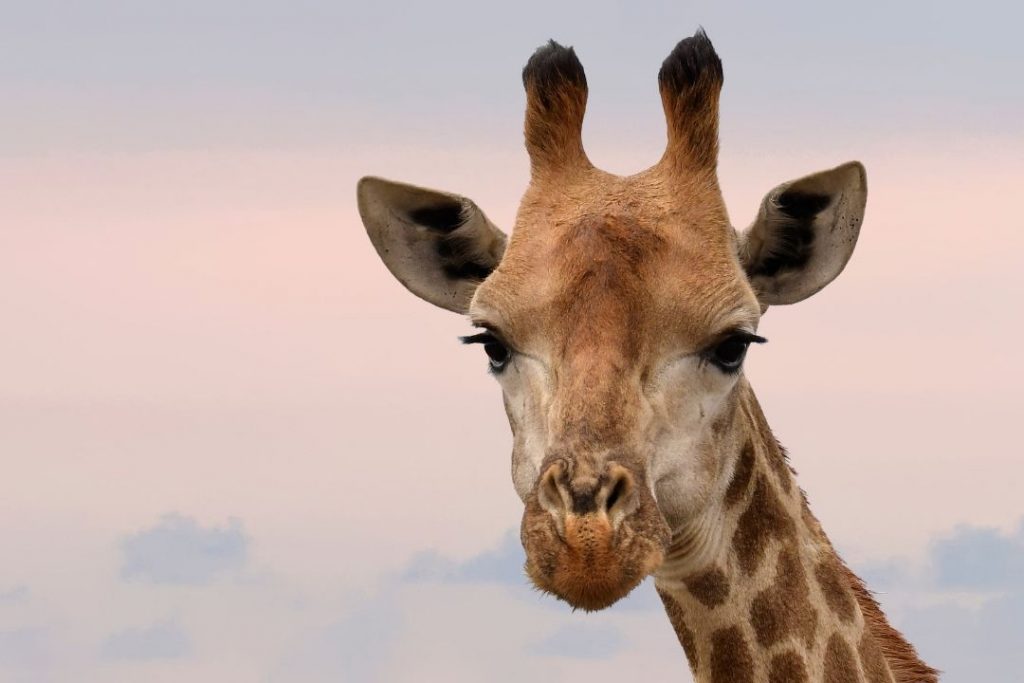
Best known for:
- Wildebeest calving season
- Intense predator interactions including lion cubs being trained to hunt by adult lions
- Stunning landscapes, making it a photographer’s paradise
Best time to visit: December through March
Common animals sightings: Wildebeest, Zebra, Eland, Lion, Leopard, Cheetah, Giraffe, Elephant, Caracal, Hyena, Jackal
Getting there: By air: Charter flights to Ndutu airstrip.
By road: 5 to 6 hours drive from Arusha, and 1.5 to 2 hours away from Central Seronera.
Northern Serengeti
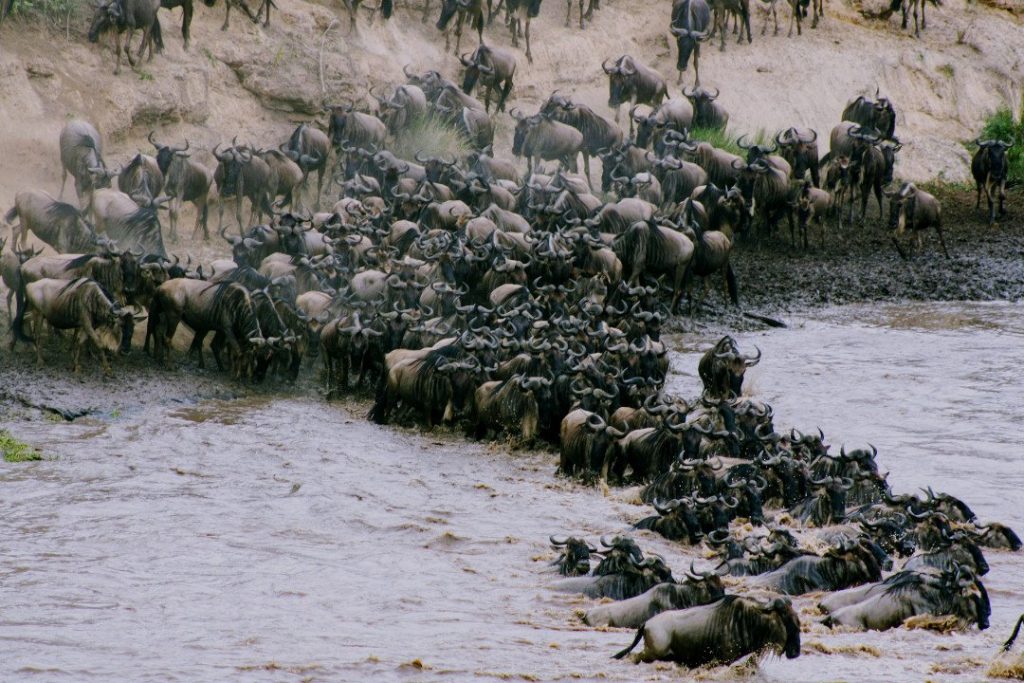
Dubbed as Serengeti’s quietest region, northern Serengeti encompasses Lobo and Kogatende areas. The northernmost parts of this region were once inaccessible and are, until today, not frequented by tourists. The region features 5,698 square kilometers of savannas, open woodlands, riverine areas, hills, and valleys, and is the setting to one of the most important wildlife events on the planet.
Best known for:
- The intense Mara river crossing often called the “World Cup of Wildlife” and the “greatest show on earth”
- Rare oribi antelope & black rhino
- Big cat viewing in ancient Lobo Valley
Best time to visit: August to October
Common animals sightings: Wildebeest, Zebra, Eland, Lion, Leopard, Cheetah, Oribi, Giraffe, Elephant, Rhino, Hippo, Crocodile
Getting there: By air: Charter flights to either Lobo or Kogatende airstrips.
By road: 7 to 8 hours drive from Arusha.
What is The Great Migration?
Known as the “World Cup of Wildlife” and deemed as the seventh natural wonder of the world, the Great Wildebeest Migration is the annual pilgrimage of millions of wildebeest, zebras, elands, gazelles and other antelopes across the plains of East Africa in a quest to find better grazing. They move from one place to another, chasing the rains in a race for their lives. The migration moves in a clockwise direction from the Serengeti plains in Tanzania to Masai Mara in Kenya and then back again to Serengeti.
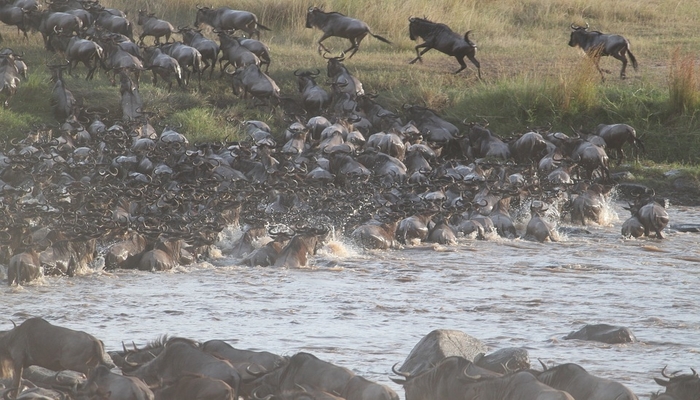
Aside from the spectacular views of the African plains speckled with massive herds of migrants and attracted predators like lions, leopards, and other big cats, the rivers are also plagued with hippos and Nile crocodiles waiting to prey on the migrants. So can you imagine all that action unfold before your very eyes? Truly an incomparable experience and one of nature’s greatest spectacles, don’t you think?
In January, the herds start moving to the southern part of Serengeti as the rain starts to fall. This is also the inception of the calving season so expect a lot of newborns and although very cute to watch, anticipate a lot of heartbreak because little animals naturally attract predators. The clockwise movement in search for better grazing continues throughout the year until the herds move back to this area and the cycle begins again.
READ: Great Migration Map to grasp comprehensive month-to-month events.

If you are to do only one safari in your life, scheduling it during the Great Migration makes it an even more exciting once-in-a-lifetime trip. Also, The Serengeti would be the perfect location for an all-in-one African adventure. Why? Well, the migration mostly happens around the Serengeti plains. Travel enthusiasts often refer to it as the “perfect place to see The Lion King come to life.” Plus, Serengeti safari is relatively bigger than any other safaris around the area, offering you exclusivity and a more personalized trip.
When is the best time to visit?
All year round, wildlife viewing is excellent in the Serengeti but the best time to go is between late June and October. The weather is best during these months as there will be little to no rainfall and temperature can go as high as 86°F and as low as 59°F. Plus, you get a chance to witness the spectacular wildebeest river crossing. Then with sparse vegetation and an open horizon, you will have uninterrupted and easier viewing.
What to expect in the Serengeti?
The Serengeti landscape is a picture-perfect, far-reaching vista that could easily take your breath away. Picture this: endless plains, lone trees, riverine, rising mountains, woodlands, grasslands, watercolor sky and a variety of animals walking freely either in groups, pairs or alone. And then there’s you, watching, observing and probably even having a close encounter with the animals. It’s like living in a postcard, yes?
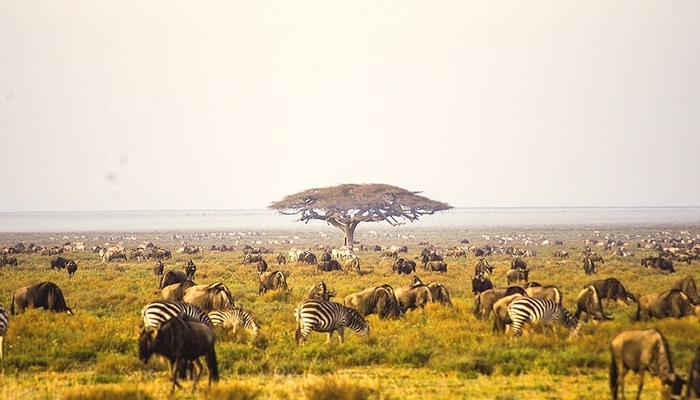
Aside from the wildebeests, gazelles, zebras, elands and topis that migrate each year, you can also find spotted hyenas, cheetahs, giraffes and the world-famous big five: lions, elephants, leopards, African buffalos, and rhinos. All these on top of at least 60 other mammal species in the park. Serengeti National Park is also known to host one of the most spectacular animal concentration and diversity in the world. It is a haven for Africa’s largest lion population along with about a hundred variety of dung beetle and over 500 bird species including black eagles, ostriches, and raptors. Certainly a real-life Lion King scenery!
Where is the best place to stay in a Serengeti safari?
There is a multitude of accommodation options in Serengeti and depending on your preferences and the time of your visit, certain areas are perfect for your needs.
Most operators classify their accommodation options into 3: Budget, Mid-range, and Luxury.
BUDGET
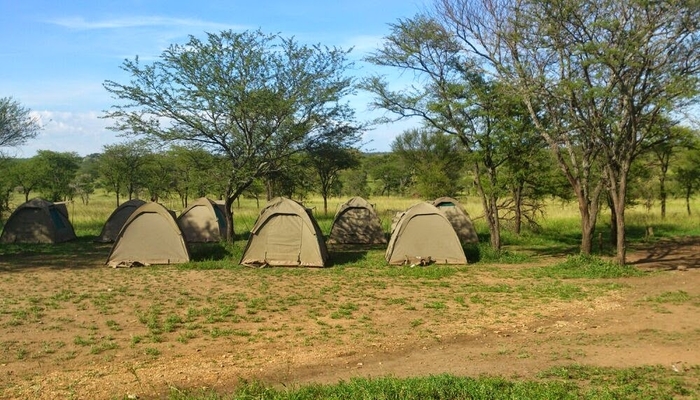
BUDGET
Budget accommodations usually refer to camping tents or budget-range lodges/rooms. For travelers who don’t mind roughing it out, camping sites are available around the park. If you want concrete walls around you instead of canvass while you’re in the middle of the wild, there are lodges available. These are mostly not exclusive for you, meaning it’s structured somewhat like a mini-hotel or inn, and you get to enjoy standard facilities and amenities.
MID-RANGE
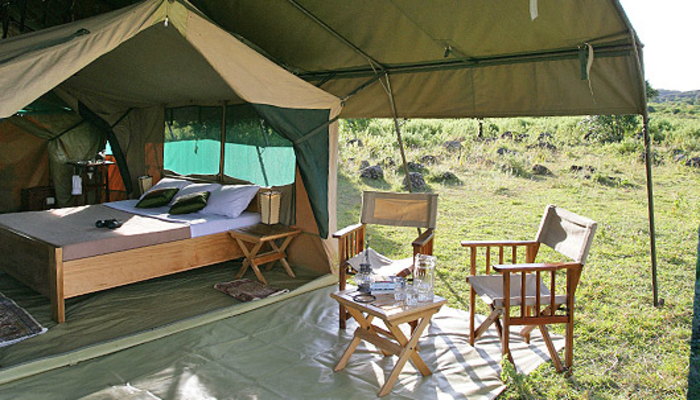
MID-RANGE
Mid-range accommodations are the perfect blend of rugged and adventurous, urban and over-the-top sophisticated. It usually covers mid-range lodges and tented camps along with some luxury tents that are just a notch-less luxurious than that of those lavish properties. Guests get to enjoy basic amenities plus a little more space, added features and some touch of luxury.
LUXURY
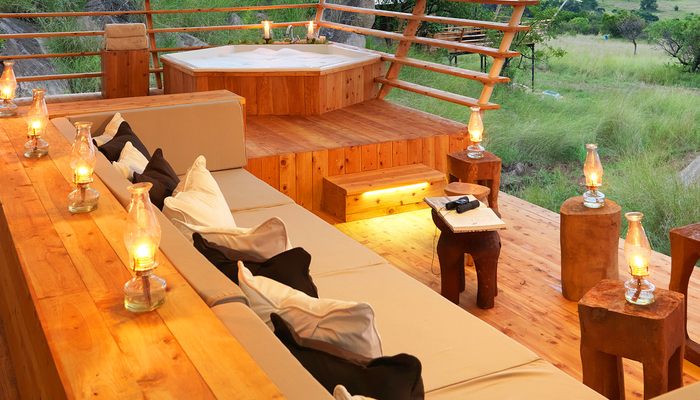
LUXURY
Luxury accommodations are the best of the best. It centers around high-end traveling with guests getting full access to the most impeccable facilities and amenities. Yes, they come with a price; but they also offer a surreal safari experience when it comes to accommodation and level of personalized service. For example, a lavish exclusive safari camp in the northern Serengeti region offers superb game viewing and front-row seats to the river crossing during the Great Migration. These luxury tents may come with a private villa, swimming pool and maybe even a butler!
In a nutshell
A Serengeti safari is a truly unrivaled must-try experience. Whatever month you choose to go, the Serengeti will always have something for you and it will always have an overwhelming concentration of wildlife in almost every corner. Whether you opt for an ultra-luxurious vacation or a budget “roughing it out” experience, a safari in the Serengeti can guarantee an African adventure that’s one for the books. Know that you can ALWAYS go with a tour operator who’s open to making a customized or tailor-made safari for you. That way, you can make sure you get to visit all the sites, see all the animals and experience the kind of adventure you want. Remember, Africa is a once-in-a-lifetime adventure destination. Even if it’s not your first time to go, it will always find a way to amaze you.

